.jpg)
Dec
Choosing the Right Colorbond Thickness for your Roof
When it comes to roofing, Colorbond steel is a popular choice in Australia thanks to its durability, aesthetic versatility, and resistance to harsh weather conditions.
One of the key decisions when selecting Colorbond for your roof is choosing the right thickness. This factor affects not only the roof’s durability but also its functionality, aesthetics, and cost-effectiveness.
In this blog, we’ll guide you through the different thicknesses of Colorbond steel, their applications, and how to determine the best option for your home based on critical considerations like roof size, style, and budget.
Understanding Colorbond Thicknesses
Colorbond steel is available in different thicknesses, which directly influence its strength, flexibility, and performance. These thicknesses are measured by Base Metal Thickness (BMT), from 0.35mm to 0.7mm. This includes:
- 0.35 BMT – best used as wall cladding
- 0.42 BMT – the thinner choice for standard roof profiles
- 0.48 BMT – the thicker choice for standard roofs
- 0.55 BMT – for ordinary and any custom flashings
- 0.60 BMT – for curved roofing with corrugated steel
- 0.70 BMT – unique profiles and configurations
For commercial and residential roofing, the two primary thickness categories are 0.42mm and 0.48mm. Let’s explore each of these options below.
0.42mm Base Metal Thickness
- Features: This is the standard thickness used for most residential roofing applications. It offers a good balance of durability and flexibility.
- Applications:
- Suitable for small to medium-sized roofs.
- Used in homes with simpler roof designs.
- Commonly applied in areas with moderate weather conditions.
- Benefits:
- Lightweight, making it easier and faster to install.
- Cost-effective compared to thicker alternatives.
- Provides adequate strength for most suburban homes.
0.48mm Base Metal Thickness
- Features: This is a thicker and sturdier option, offering superior strength and durability.
- Applications:
- Ideal for larger roofs or structures that experience heavy loads (e.g., snow or solar panels).
- Recommended for areas prone to extreme weather, such as cyclonic winds or hailstorms.
- Used in industrial buildings or homes with complex roof designs.
- Benefits:
- Greater resistance to denting and wear over time.
- Improved performance under environmental stress.
Note: The base metal thickness (BMT) excludes paint and coating layers, which means the actual thickness of the roof, including protective coatings, will be slightly greater.

Factors to Consider When Choosing Colorbond Thickness
The choice between 0.42mm and 0.48mm Colorbond steel depends on various factors, including roof size, style, budget, and environmental conditions. Below, we delve into how these aspects influence the decision-making process.
1. Roof size and load requirements
The size of your roof and the load it needs to bear are significant factors in determining the appropriate thickness.
- Smaller Roofs: If you’re installing Colorbond on a compact home or an outbuilding like a shed, 0.42mm BMT is typically sufficient.
- Larger Roofs: For expansive roofs or structures with heavy loads such as solar panels, 0.48mm BMT is a safer and more reliable choice.
- Additional Loads: If you anticipate adding elements like roof-mounted HVAC units, skylights, or green roofing systems, opting for a thicker material ensures long-term stability.
2. Roof style and design
The architectural style and complexity of your roof design also influence the thickness selection.
- Simple Roof Designs: A standard pitched roof with minimal ridges and valleys can generally perform well with 0.42mm BMT.
- Complex Roofs: Intricate roof designs with multiple angles, overhangs, or decorative elements benefit from the enhanced structural integrity of 0.48mm BMT.
3. Environmental factors
Australia’s diverse climate means that environmental factors play a crucial role in your roofing choice.
- Moderate Climates: Homes in temperate regions with minimal risk of severe weather can rely on 0.42mm BMT.
- Harsh Climates:
- Cyclonic regions (e.g., northern Australia) often require 0.48mm BMT for wind resistance.
- Coastal areas benefit from thicker Colorbond due to its resilience against salt-laden air and potential corrosion.
- Areas prone to hailstorms or extreme temperature variations may also find 0.48mm a better fit.
4. Budget Constraints
Considering your budget and Colorbond roofing costs is crucial.
- Cost of 0.42mm BMT: This option is more affordable and provides good value for homes with straightforward requirements.
- Cost of 0.48mm BMT: Though more expensive, it offers a better long-term investment in high-stress conditions, reducing potential repair or replacement costs.
5. Long-term Plans
Your long-term plans for the property also matter. If you plan to live in the home for decades or rent it out in a harsh environment, the durability of 0.48mm Colorbond might outweigh its initial cost.

Applications of Different Colorbond Thicknesses
Understanding the specific applications of each thickness can clarify which is best for your project.
0.42mm Colorbond Applications
- Residential roofs in areas with mild weather conditions.
- Garage and shed roofing.
- Wall cladding for aesthetic purposes.
- Pergolas and other lightweight structures.
0.48mm Colorbond Applications
- Large residential and commercial roofs.
- Buildings in cyclone-prone or coastal regions.
- Industrial facilities that require heavy-duty roofing.
- Structures with high wind uplift zones, such as those on hillsides.
Tips for Selecting the Right Thickness for your Home
1. Consult building codes
Local building regulations often dictate the minimum requirements for roof materials, especially in cyclone-prone or high-wind areas. Always check with your local council or contractor to ensure compliance.
2. Assess long-term costs
While 0.42mm Colorbond is cheaper upfront, the potential maintenance or replacement costs in harsh conditions might outweigh the savings. Thicker Colorbond can offer peace of mind and better overall value.
3. Balance aesthetics and practicality
Both thicknesses offer the same range of Colorbond’s iconic colours and finishes. However, if your roof design demands intricate detailing, the greater rigidity of 0.48mm steel might provide a more precise finish.
4. Work with roofing professionals
Choosing the right thickness is not a one-size-fits-all decision. Consult with roofing professionals who can evaluate your specific needs and recommend the most suitable option.
Colorbond Roofing Beyond Thickness
While thickness is crucial, Colorbond offers additional features and benefits that enhance its value:
- Thermal Efficiency: With Colorbond’s Thermatech® technology, your roof reflects more heat, improving energy efficiency regardless of thickness.
- Corrosion Resistance: Colorbond steel is designed with layers of metallic and paint coatings, providing robust protection against rust and corrosion.
- Colour Variety: Both thickness options are available in a spectrum of modern and classic colors to suit any architectural style.
Final Thoughts
Choosing the right Colorbond thickness for your roof requires careful consideration of your home’s specific needs, local environmental conditions, and budget. Whether you opt for the versatile 0.42mm BMT or the robust 0.48mm BMT, both options deliver the signature durability and style that Colorbond is renowned for.
For most residential applications, 0.42mm is sufficient, especially in areas with moderate weather. However, if your roof will face harsh conditions or bear significant loads, the additional investment in 0.48mm thickness can provide invaluable peace of mind.
With the right guidance and thoughtful planning, you can ensure your Colorbond roof not only enhances the aesthetic appeal of your home but also provides reliable protection for years to come. If you’re unsure about which thickness to choose, talk to our team of professional roofers to make an informed decision tailored to your home’s unique requirements. Whether you need a roof restoration or metal roof replacement, we can help.



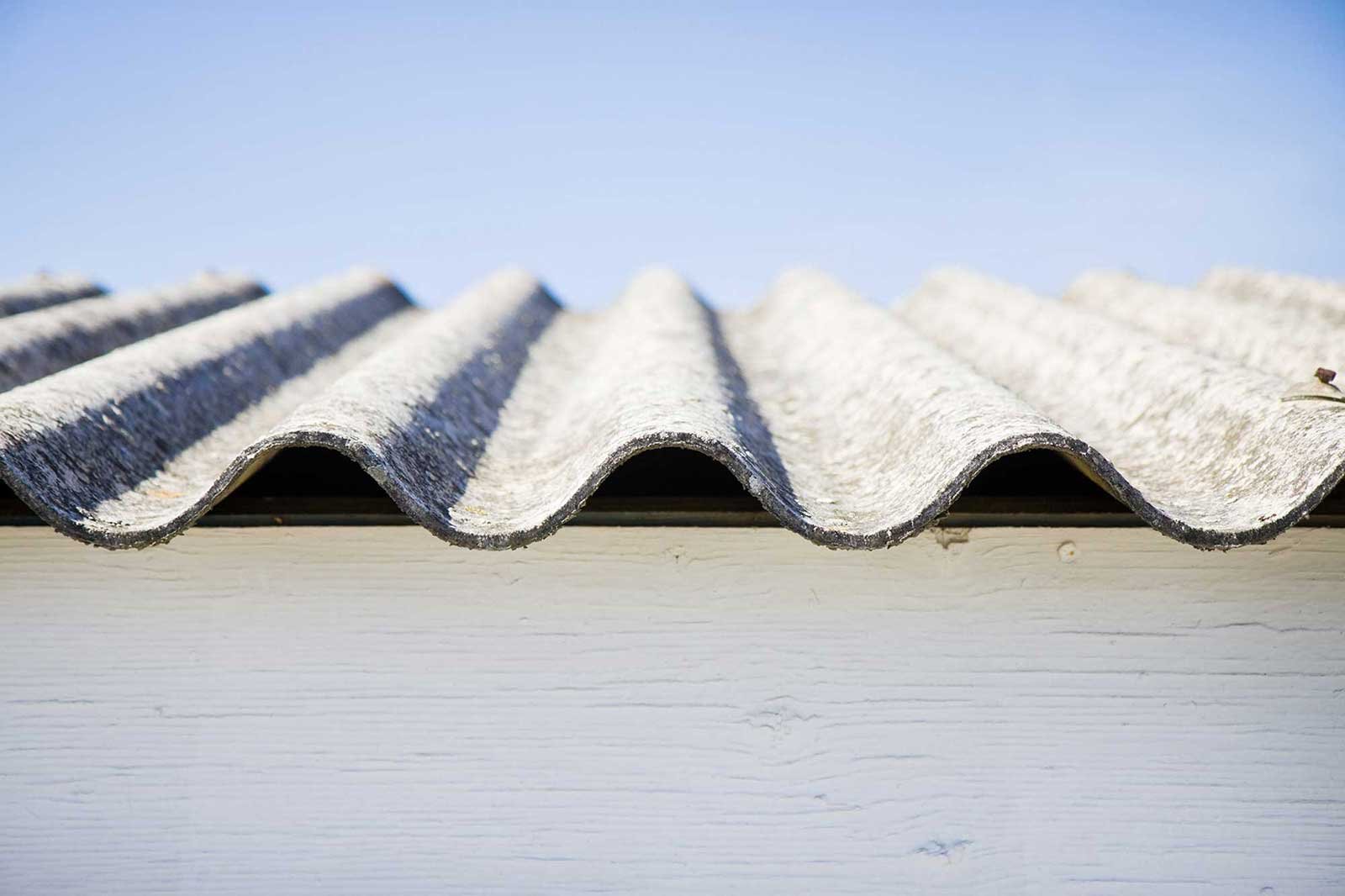








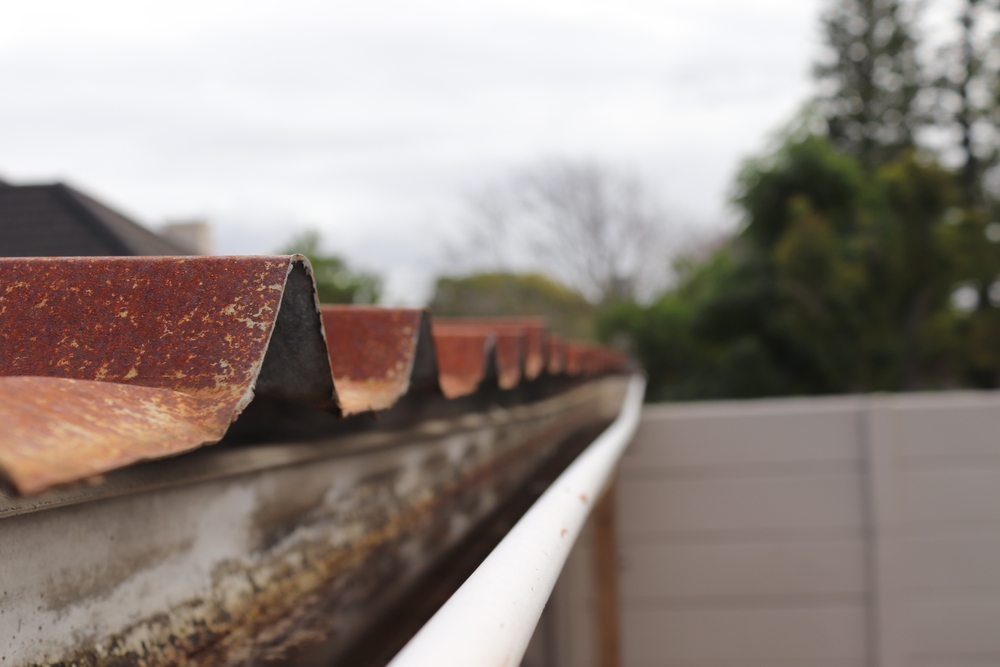








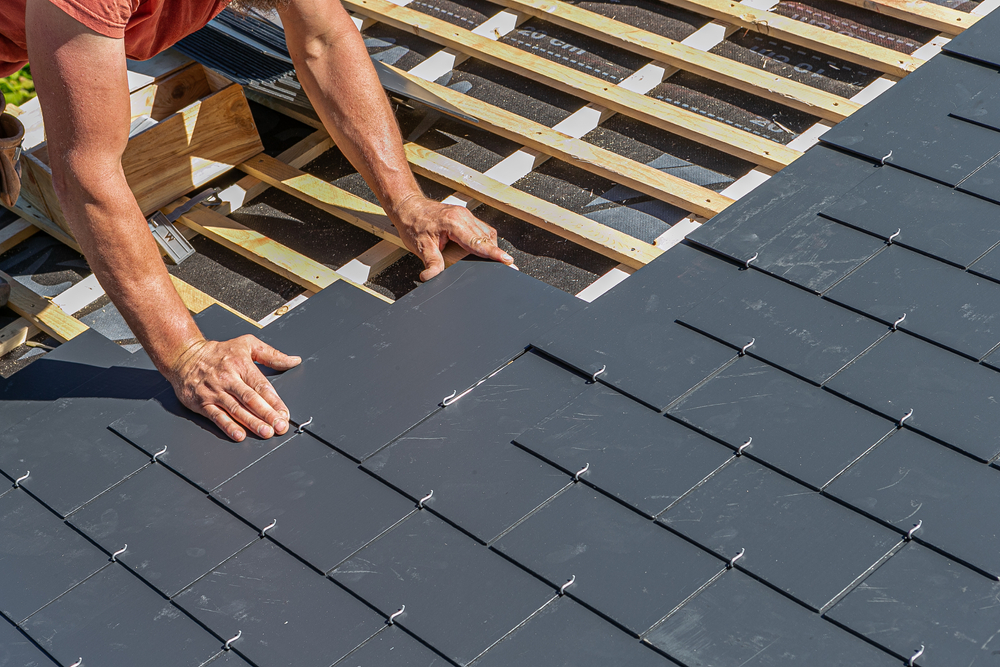

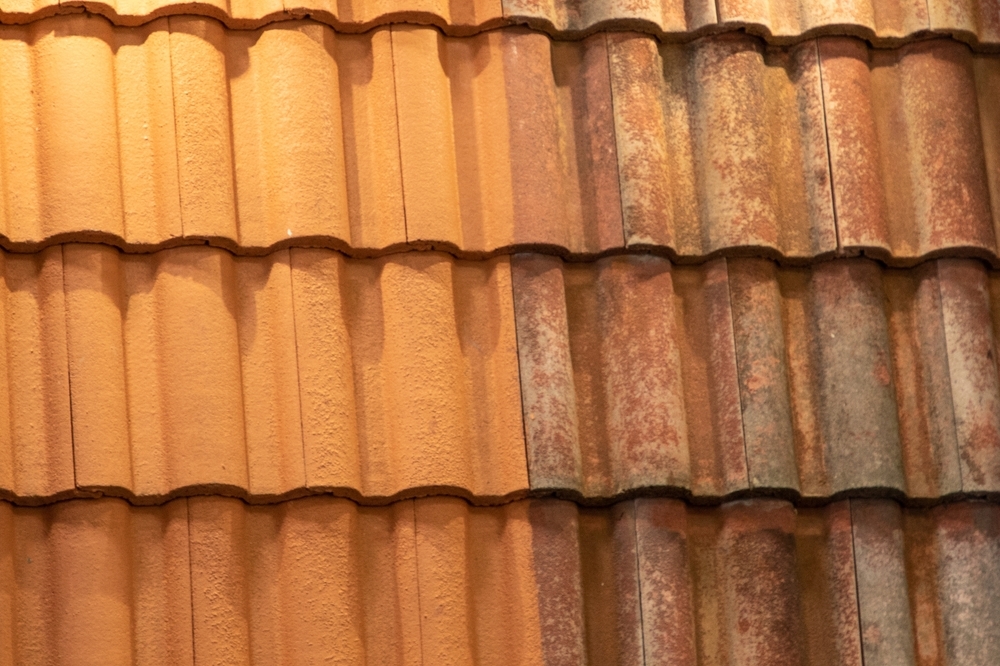

.jpg)

.jpg)













